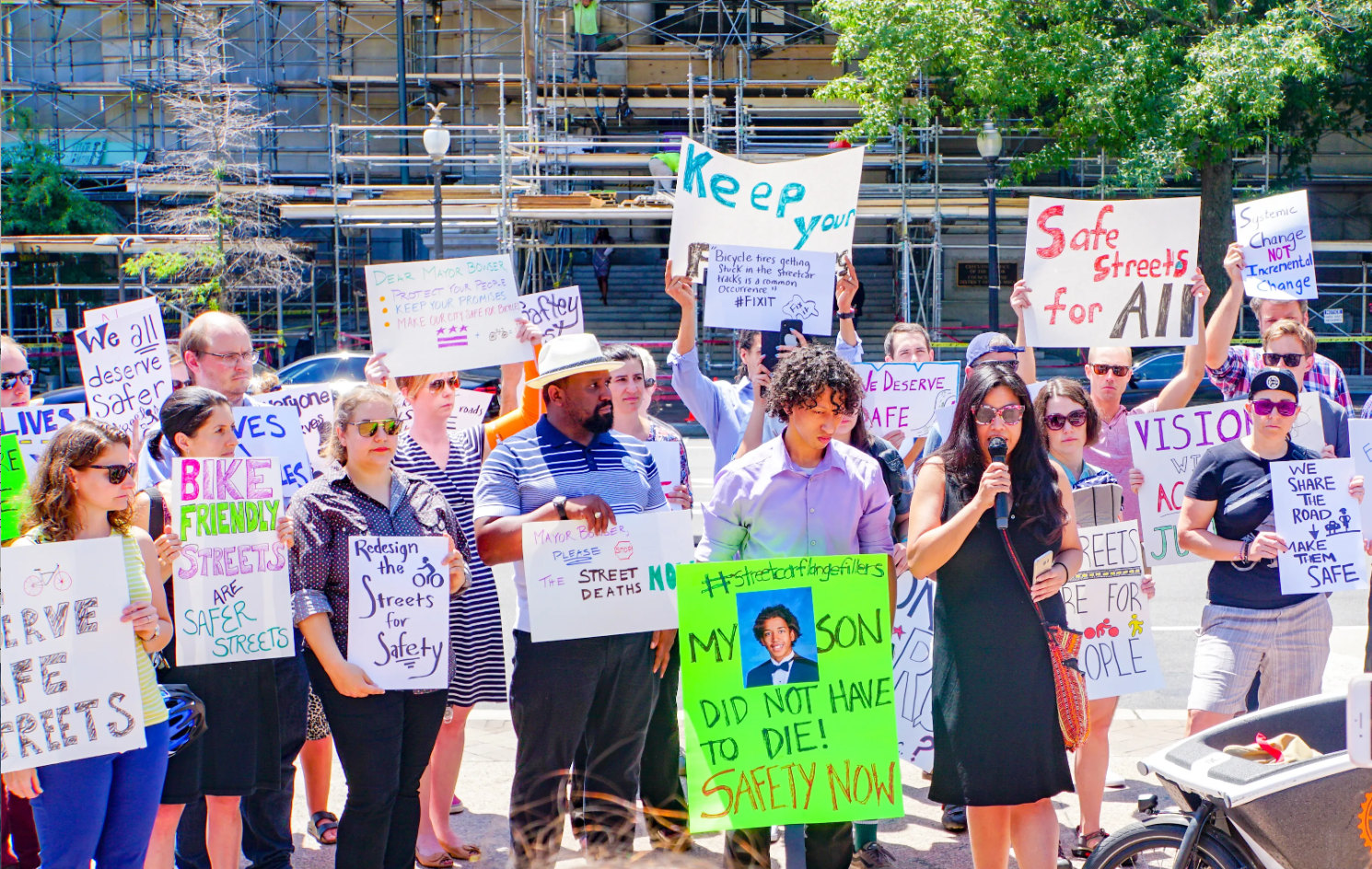Where bicyclists were once a trickle in Philadelphia, they are now a steady stream.
Bike commuting in central Philadelphia is on the rise, according to a recent report by the Center City District, which found about 1,400 cyclists entering the center city from the south during the peak rush hour.

Randy LoBasso at the Bike Coalition of Greater Philadelphia explains the increase is happening even though the infrastructure is less than ideal:
In their new report, “Bicycle Commuting,” Center City District reports that cyclists entering Center City on northbound streets during rush hour (8am-9am) “was up 22 percent over the … last count in 2014” and up 79 percent since 2010.
According to CCD’s bike counts, cyclists are using Center City lanes specifically engineered for high bike rates -- like Spruce Street and 13th Street, which have wide, buffered bike lanes.
And Center City residents and commuters agree that motor vehicles parking in those bike lanes is especially annoying for Philadelphia road users. A Transportation Priorities Survey, also released by Center City District, found that the most important issues hindering mobility are vehicles blocking lanes, lack of enforcement and poor street conditions.
Cyclists are well aware of the problem of people in motor vehicles thinking they can pull over into a bike lane without fear of being ticketed, and without care for the other road users who can get injured when they do so.
But interestingly enough, these numbers were found even as more Center City residents named walking, the subway, driving, and the bus as more typical transportation means than bicycling.
Expanding cycling infrastructure came in at the Number 2 most prioritized “Action item” wanted by Center City residents in the survey—showing, perhaps, that even those who don’t use a bicycle as their main means of transportation, want to.
Elsewhere on the Network today: West North rounds up predictions about how self-driving cars will reshape American society. Bike Walk Lee describes the enormous gaps in bike and pedestrian infrastructure in southwestern Florida that leave pedestrians and cyclists stranded or in danger. And Streets.mn has some tips about how to measure "a sense of place."





